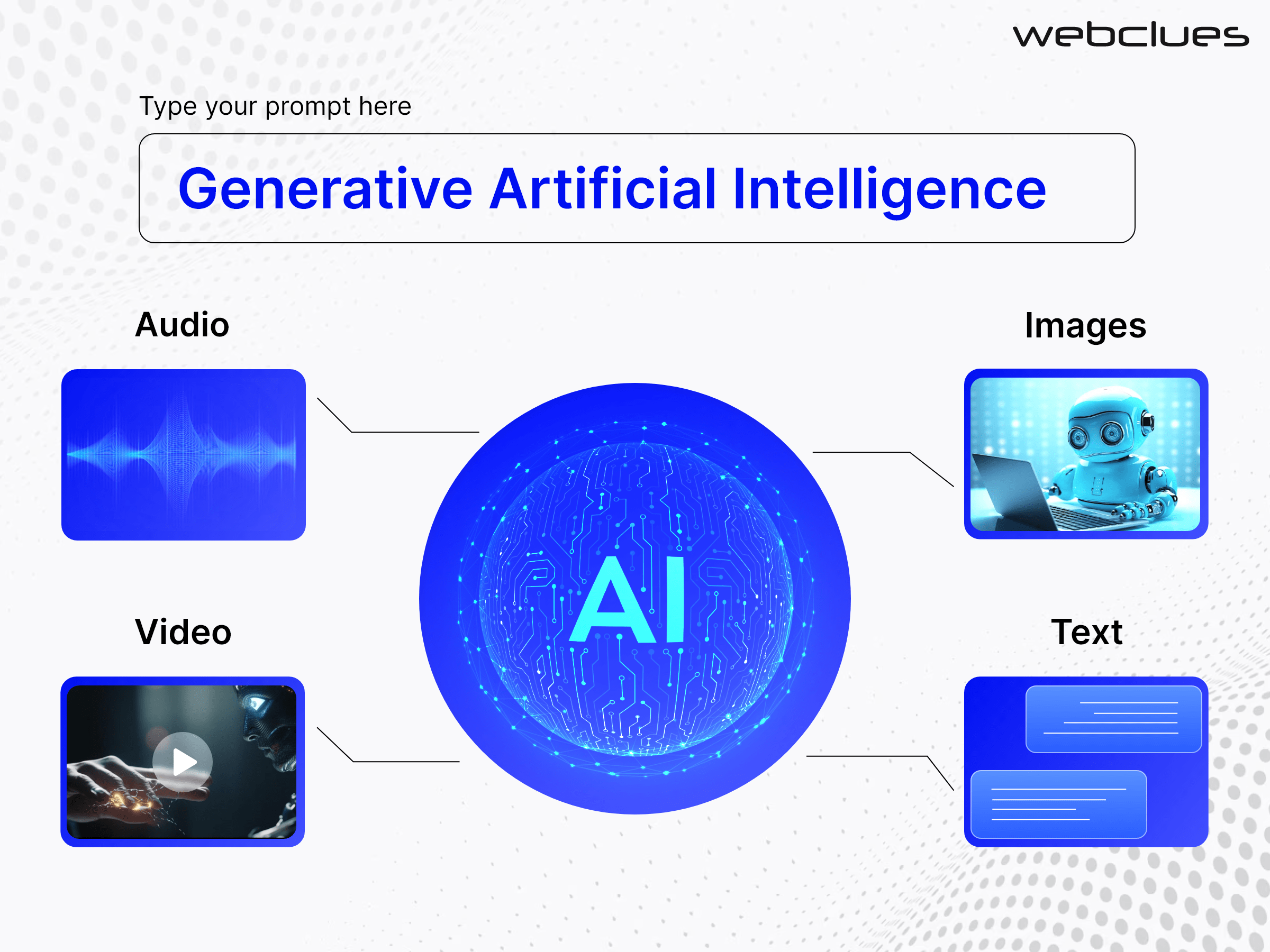
AI’s Leap: Generative Models Transform Text and Code CreationAI’s Leap: Generative Models Transform Text and Code Creation The advent of artificial intelligence (AI) has brought about a paradigm shift in the way we create and consume content. The rise of generative models, in particular, is revolutionizing text and code generation, unleashing new possibilities for creativity and productivity. Generative Models: Unlocking Textual Potential Generative models are AI algorithms that can generate new text from scratch based on the patterns and structures they learn from existing data. These models have made significant strides in natural language processing (NLP), enabling them to mimic human speech patterns, generate coherent narratives, and translate languages with astonishing accuracy. Natural language generation (NLG) is a key application of generative models. NLG systems can create engaging and informative content ranging from news articles to marketing copy. They can also assist in summarization, question answering, and conversational AI. Code Creation: From Hackers to Helpers Generative models are also transforming code creation. AI-powered code generators can produce functional code from natural language descriptions or existing code snippets. This has the potential to democratize programming, making it accessible even to non-programmers. In addition, code generators can assist developers with tasks such as generating unit tests, refactoring code, and fixing bugs. This can significantly improve productivity and reduce the time spent on repetitive coding tasks. Benefits and Challenges The adoption of generative models offers numerous benefits: * Enhanced creativity: Generative models inspire new ideas and provide a platform for experimentation. * Increased productivity: Generative models automate repetitive tasks, freeing up human time for more complex endeavors. * Improved accuracy and consistency: Generative models can produce high-quality content with consistent tone and style. However, generative models also present challenges: * Data bias: Generative models can inherit biases present in their training data, potentially perpetuating stereotypes or misinformation. * Lack of context: Generative models may struggle to understand the context and intent behind the input information, leading to nonsensical or irrelevant outputs. * Ethical concerns: The potential for generative models to be used for malicious purposes, such as spreading fake news or generating harmful code, raises ethical questions. Future Prospects The future of generative models is incredibly promising. Ongoing research is focused on addressing challenges, such as data bias and context understanding. As models become more sophisticated, we can expect even more transformative applications. Generative models have the potential to revolutionize industries as diverse as content creation, customer service, and software development. They are empowering humans to create, innovate, and explore in ways never before possible. As we embrace the transformative power of generative models, it is essential to approach their development and deployment with both excitement and caution. By addressing ethical concerns and ensuring responsible use, we can harness the potential of AI for the betterment of humanity.
Posted inNews